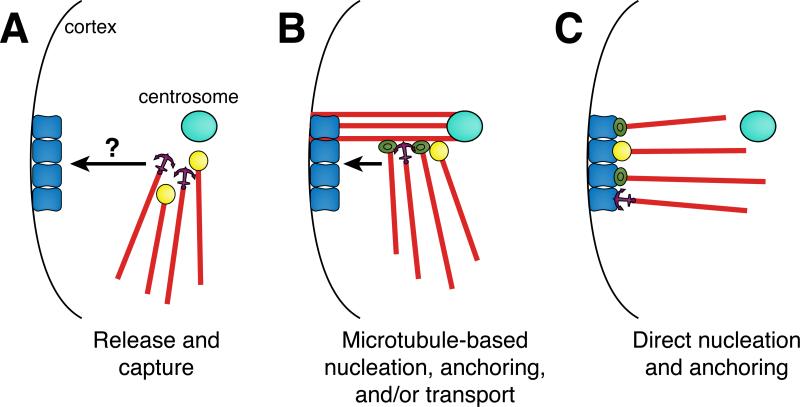Figure 3. Potential mechanisms for ncMTOC formation.
(A) A division of labor model in which microtubules are nucleated at the centrosome, released, and then captured at a non-centrosomal site. Microtubules could be released with anchoring proteins attached or free minus ends could bind to anchoring and/or stabilizing proteins following their release. Microtubules are then transported to a non-centrosomal site via an unknown mechanism and captured by site-specific adapters. (B) Non-centrosomal microtubules could be nucleated, stabilized, and/or anchored from the sides of preexisting centrosomal microtubules and then transported along microtubules to non-centrosomal sites where they would interact with site specific adapters. (C) Microtubule minus end proteins could localize directly to non-centrosomal sites without a centrosome-based intermediate, where they would nucleate, stabilize, and anchor microtubules.

